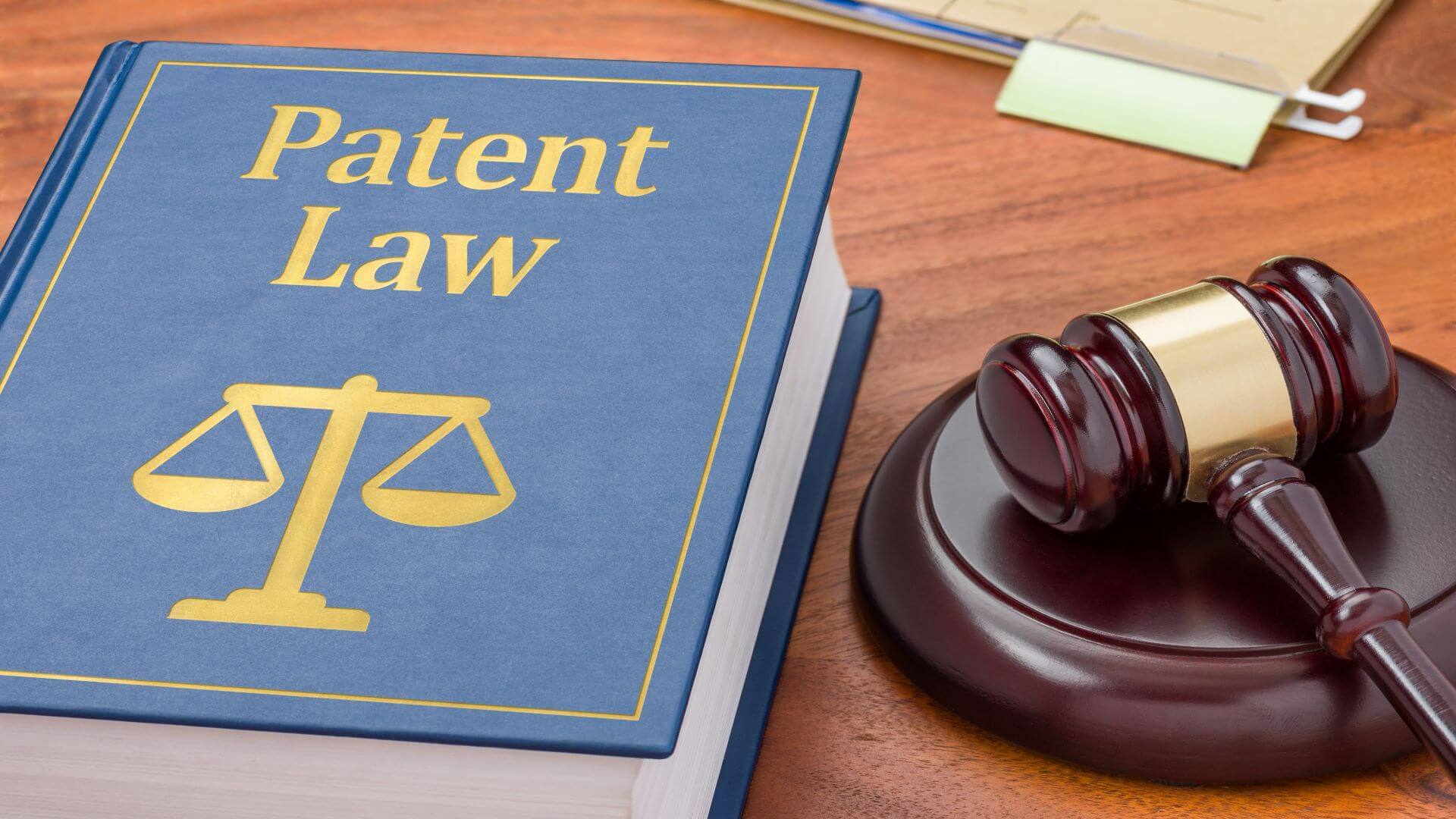In Part One in our Brief History of Patents series, we dove into the early history of patents, including how and why patents were initially granted, and under what authorities patent rights and agreements were enforced. In Part Two of this series, we focus on the birth of the U.S. patent system and cooperative international IP agreements.
The U.S. Patent Act of 1790 and the Birth of the U.S. Patent System
The United States Patent Act of 1790 (1 Stat. 109), enacted on April 10, 1790, was the first patent statute passed by the federal government of the United States. The statute defined a U.S. patent as “any useful art, manufacture, engine, machine, or device, or any improvement there on not before known or used,” and granted applicants the “sole and exclusive right and liberty of making, constructing, using and vending to others to be used” of their inventions for a period not exceeding fourteen years. (Note the influence of English law on the lifecycle of a patent.)
The authority to grant patents was initially held by the U.S. Patent Board, which was, somewhat oddly, initially made up of the Secretary of State, the Attorney General, and the Secretary of War. The three members occasionally met to discuss patent applications, and on occasion scheduled hearings for petitioners to defend their applications. The patent review process was unsurprisingly slow and inefficient, and only 57 patents were granted during the three years that the Patent Act remained in effect.
The very first patent under this regime was granted on July 31, 1790, to Samuel Hopkins for his invention of “Making Pot and Pearl Ashes,” also known as potash. (Potash was used as an ingredient in many important manufacturing processes, from making soap and glass to manufacturing all-important gunpowder. Other early patents focused on the manufacture of candles, flour mills, punches for type, and improved distilling, construction, threshing grain, and polish marble.
Three years later, the Act was amended at the request of inventors and investors, who deemed patents too difficult to obtain. Congress eliminated the lengthy examination process and removed the provision that required inventions to be “sufficiently useful and important” to be granted a patent, thereby making the process far more fluid.
The U.S. Patent Act of 1793 and the First Gold Rush of U.S. Patent Applications
In 1793, a new act replaced the Patent Act of 1790, and with it came a more refined patent definition: “any new and useful art, machine, manufacture or composition of matter and any new and useful improvement on any art, machine, manufacture or composition of matter”.
As noted in the previous section, the new patent application process became much simpler. Patent seekers needed only petition the Secretary of State, who himself was tasked with requesting examination from the Attorney General. Because the initial requirement that patented inventions be “sufficiently useful and important” was abandoned in 1793, inventions needed only to be useful.
By the time that the Patent Act of 1836 was passed, roughly 10,000 patents had been granted under the Patent Act of 1793, compared to the 57 issued between 1790 and 1793, many of them neither original inventions nor useful ones, which created a problem for the courts as inumerable lawsuits were filed over patent validity and infringements.
The U.S. Patent Act of 1836 and the Establishment of the U.S. Patent Office
The Patent Act of 1836 was the next iteration in the U.S. patent system and was significant for a series of important changes that solved problems created by the Patent Act of 1793 and paved the way for the modern patent system. For starters, the Patent act of 1836 finally created an official Patent Office within the Department of State, thereby liberating the Secretary of State of the burden of having to manage patent applications. The job went instead to a Commissioner of Patents, who chaired the Patent Office. The Act also addressed the problem of duplicate applications for previously patented inventions by requiring that information about newly granted patents be made available at libraries across the country. This was to make it easier for inventors to check whether a “new” invention was actually new and original before filing for a patent. The Act also made it possible for patents to be granted 7-year extensions in addition to their original 14-year term, and eliminated US nationality and residency requirements, making it possible for foreigners to file for US patents.
The Paris Convention for the Protection of Industrial Property of 1883 and the Birth of Cooperative International IP Treaties
The Paris Convention for the Protection of Industrial Property, signed in Paris, France, on March 20, 1883, was one of the world’s first intellectual property treaties, and established an international union whose purpose is to protect industrial property. The Convention was initially signed by 11 countries: Belgium, Brazil, France, Guatemala, Italy, the Netherlands, Portugal, El Salvador, Serbia, Spain and Switzerland.
The Treaty was later revised in Belgium in 1900, in the United States, in 1911, in the Netherlands in 1925, in the UK in 1934, in Portugal in 1958, and in Sweden in 1967. As of 2019, the Convention had grown to include 177 contracting member countries, making it one of the most widely adopted treaties in the world. It is administered by the World Intellectual Property Organization (WIPO), which is based in Geneva, Switzerland.
Under the provisions of the Convention when it was ratified in 1883, if an inventor filed an application for a patent or a trademark in a country that was a member of the Union but not his or her own, that application would be treated as if it had come from a national of that country. Additionally, if an intellectual property right were to be granted, its owner would benefit from the same protections and the same legal remedies against infringement as if the owner were a national owner of this right. This was a radical but important idea, as it prevented inventions protected by patents in one country to be poached and exported to another country where the patent thief, as it were, might be free to file a patent of his or her own.
Another important provision of the Convention addressed protections at international exhibitions: Article 11(1) required members of the Union “grant temporary protection to patentable inventions, utility models, industrial designs, and trademarks, in respect of goods exhibited at official or officially recognized international exhibitions held in the territory of any of them.” The priority date of an application for a patent could therefore be counted “from the date of introduction of the goods into the exhibition” rather than from the date of filing of the application. This provision was likely inspired by the popularity of World Fairs, which typically were vehicles for the introduction of new patentable inventions. In 1883 alone, no fewer than 15 separate World Fair exhibitions were put on, some of which focused on electrical, mining and metallurgy, and maritime innovation. Any person exhibiting an invention could therefore be protected against intellectual theft of that invention by a third party, including through the use of the right of prior use being applied in favor of the exhibitor against any hypothetical rights otherwise acquired by third parties.
[Continue to Part Three]
The Fatty Fish Editorial Team includes a diverse group of industry analysts, researchers, and advisors who spend most of their days diving into the most important topics impacting the future of the technology sector. Our team focuses on the potential impact of tech-related IP policy, legislation, regulation, and litigation, along with critical global and geostrategic trends — and delivers content that makes it easier for journalists, lobbyists, and policy makers to understand these issues.
-
The Fatty Fish Editorial Teamhttps://staging-fattyfish.kinsta.cloud/author/fattyfish_editorial/January 14, 2022
-
The Fatty Fish Editorial Teamhttps://staging-fattyfish.kinsta.cloud/author/fattyfish_editorial/January 14, 2022
-
The Fatty Fish Editorial Teamhttps://staging-fattyfish.kinsta.cloud/author/fattyfish_editorial/January 14, 2022
-
The Fatty Fish Editorial Teamhttps://staging-fattyfish.kinsta.cloud/author/fattyfish_editorial/January 14, 2022












